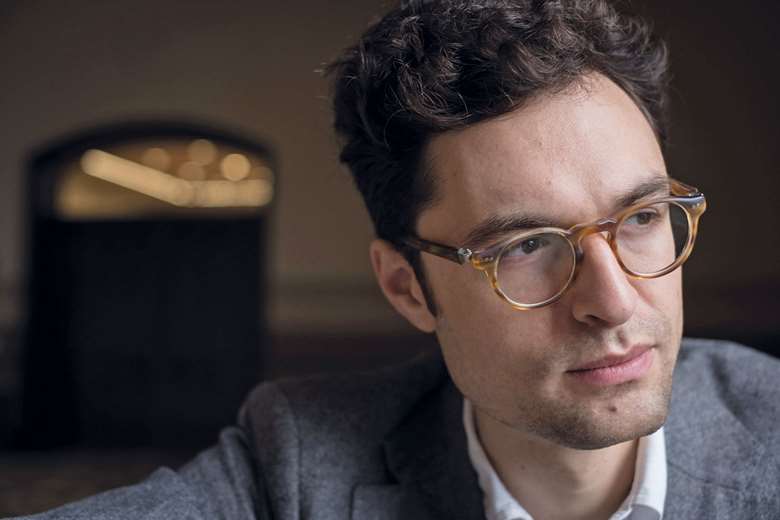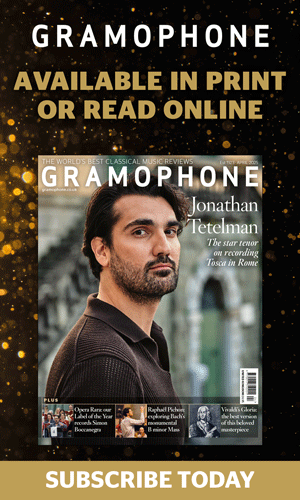Contemporary composer: Timo Andres
Pwyll ap Siôn
Wednesday, October 2, 2024
The US composer and pianist doesn’t shy away from pushing both his own and others’ musical ideas to extremes, he positively embraces the notion, finds Pwyll ap Siôn

Register now to continue reading
Thanks for exploring the Gramophone website. Sign up for a free account today to enjoy the following benefits:
- Free access to 3 subscriber-only articles per month
- Unlimited access to our news, podcasts and awards pages
- Free weekly email newsletter







